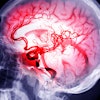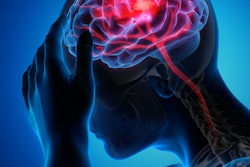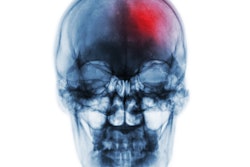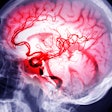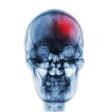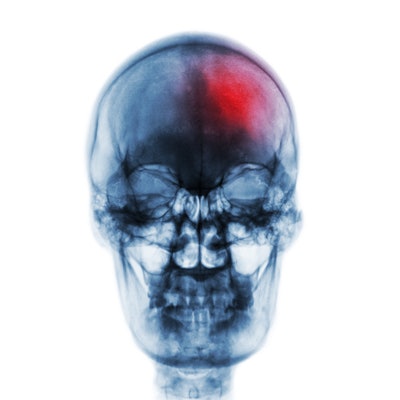
Recent invasive dental procedures and gum disease may be connected to cryptogenic ischemic strokes (CIS), or those with unexplained origins, in adults under the age of 50. The study was published earlier this month in the Journal of Dental Research.
Since the role of bacteremia as a mediator of this risk was unconfirmed, more research is necessary to project the positive effect of oral health on the incidence of stroke, the authors wrote.
"Periodontal inflammation and recent invasive dental procedures are associated with mechanisms in the development of CIS among young adults," wrote the authors, led by Dr. Jaakko Leskelä of the department of oral and maxillofacial diseases with the University of Helsinki in Finland (J Dent Res, April 16, 2024).
Globally, stroke is the second-leading cause of death. During recent decades, the incidence and prevalence of strokes in young adults has been rising.
Periodontitis is linked to an increased risk of ischemic stroke, and the risk may be especially high among young people with strokes of unexplained origins. A recent review indicated that invasive dental treatments like tooth extractions were not significantly associated with a greater risk of ischemic stroke, but the analyses were limited by a high level of heterogeneity in the research, according to the study.
To study the possible correlation, 292 patients between the ages of 35 and 46 were analyzed. Of those, 146 patients had been diagnosed with their first cryptogenic ischemic strokes based on imaging, and 146 were stroke-free. All patients underwent dental exams, and about 28% of the stroke patients had periodontitis, and approximately 20% of the controls had gum disease. Also, regression models were conducted and adjusted with cofounders, including stroke risk factors and regular dental health visits.
In the fully adjusted models, cryptogenic ischemic stroke was linked to a high periodontal inflammation burden (odds ratio [OR], 10.48; 95% confidence interval [CI], 3.18 to 34.5) and severe periodontitis (OR, 7.48; CI, 1.24 to 44.9). The severity of stroke rose with gum disease severity in stage III to IV, grade C (OR, 6.43; CI, 1.87 to 23), the authors wrote.
Furthermore, cryptogenic ischemic stroke correlated with invasive dental procedures performed within three months prestroke (OR, 2.54; CI, 1.01 to 6.39). In those with patent foramen ovale status, the link between CIS and invasive dental treatments was especially strong (OR, 6.26; CI, 1.72 to 40.2), they wrote.
However, there were limitations, including the type of study that was conducted. Case-control studies may overestimate the strength of effect, the authors wrote. In the future, more studies should be conducted to investigate the role of bacteremia as a mediator of this risk, they wrote.
"Periodontitis and recent invasive dental procedures were associated with CIS after controlling for multiple confounders," Leskelä and colleagues wrote.

